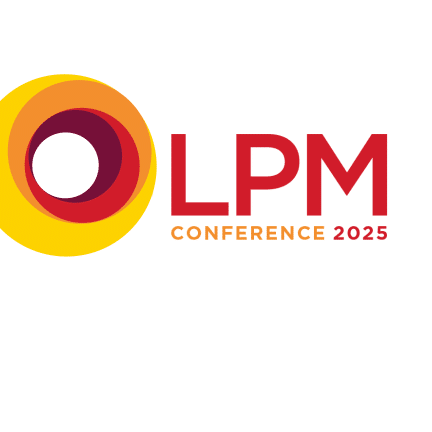
What conveyancers must consider when reviewing their digitalisation strategy in 2025
InfoTrack outlines key considerations on your journey to digitalise the conveyancing process, to support your growth strategy for years to come
A key focus for conveyancers in recent years has been digitalisation of crucial tasks in the conveyancing process, with major changes including the digital AP1 mandate in autumn 2022 and the introduction of electronic client onboarding with digital ID verification. These shifts towards new technologies and solutions have improved efficiency and compliance for law firms.
So, what should conveyancing professionals be considering when reviewing their digitalisation strategy in 2025?
1. What to keep and what to change
Digitising your conveyancing process isn’t always about implementing new solutions or technology. It’s about assessing what is and isn’t working for your business, identifying gaps, and what you can’t do without.
Do your current providers offer services that you aren’t already maximising? If so, get demos of those tools to see if you could achieve some of your objectives that way. Are there integrations you aren’t leveraging? Are you up to date with training to ensure you are using the tech you already have to get the best out of it?
Once you’ve asked these questions, you can see where there are any remaining gaps and consider what the best next steps are from there.
2. Which stakeholders to involve
People are just as much a part of the digitalisation process as technology is. When it comes to the adoption of new technologies, you need to involve both decision-makers and users in the process. Why? Because people are naturally resistant to change. By getting users on board earlier in the process, the roll out becomes easier with their buy-in.
It’s not only about which stakeholders to include internally, but also consideration of whether external expertise is required. Consultants can provide impartial assessment and feedback on your business and give clarity when it comes to selecting solutions that are fit for purpose. Consider the value these experts can provide where you have experience or knowledge gaps within your in-house team.
3. Don’t just follow the trends
It may seem like new technology is popping up every other week and buzzwords like AI and automation are being thrown around daily. It’s important to be aware of these emerging and maturing solutions, but not to jump on board without careful consideration.
Technology such as AI can provide value for your firm, but you need to assess how this will work for you and relieve the challenges you have before diving straight in. Not all AI is built equal, so you need to clearly understand how it functions, how client data is managed, and what its purpose is. Then you can assess if it is suitable for your business — this is a great opportunity to consult with someone who is familiar with AI and industry-specific solutions.
4. Find suppliers and solutions that can grow with your business
The digitalisation of your conveyancing process is an ongoing project. One that needs to always consider the future. While some solutions may be a great fit for you right now, how will they work for your firm three to five years down the track?
To avoid decision fatigue and meeting with an endless list of suppliers, ensure you’re only meeting with those that align with your objectives. When you’re arranging demonstrations, ensure you ask yourself some key questions that can help you assess the longevity of a partnership, including:
- Does this supplier fit with my existing model and will I need to make unexpected changes when I implement this technology?
- What does their supplier roadmap look like? Will it align with our growth plans and scale with us?
- Are my peers using this technology and what is their real world experience of it?
- What is the ROI for introducing this solution? Does it meet the objectives I’ve set?
Being clear about your long-term plans can prevent hurdles later and give you solid foundations for a growth strategy as you continue to digitise your conveyancing process.
It’s important to remember that there is no one-size-fits-all approach with finding the right technology and suppliers for your firm. You may not always need radical change. Instead, small incremental changes to address key pain points are likely to be easier to manage and stakeholder buy-in is usually more agreeable too.
In 2025, ensure you’re investing time and energy into digital conveyancing changes that are going to reap benefits for your firm for years to come.



